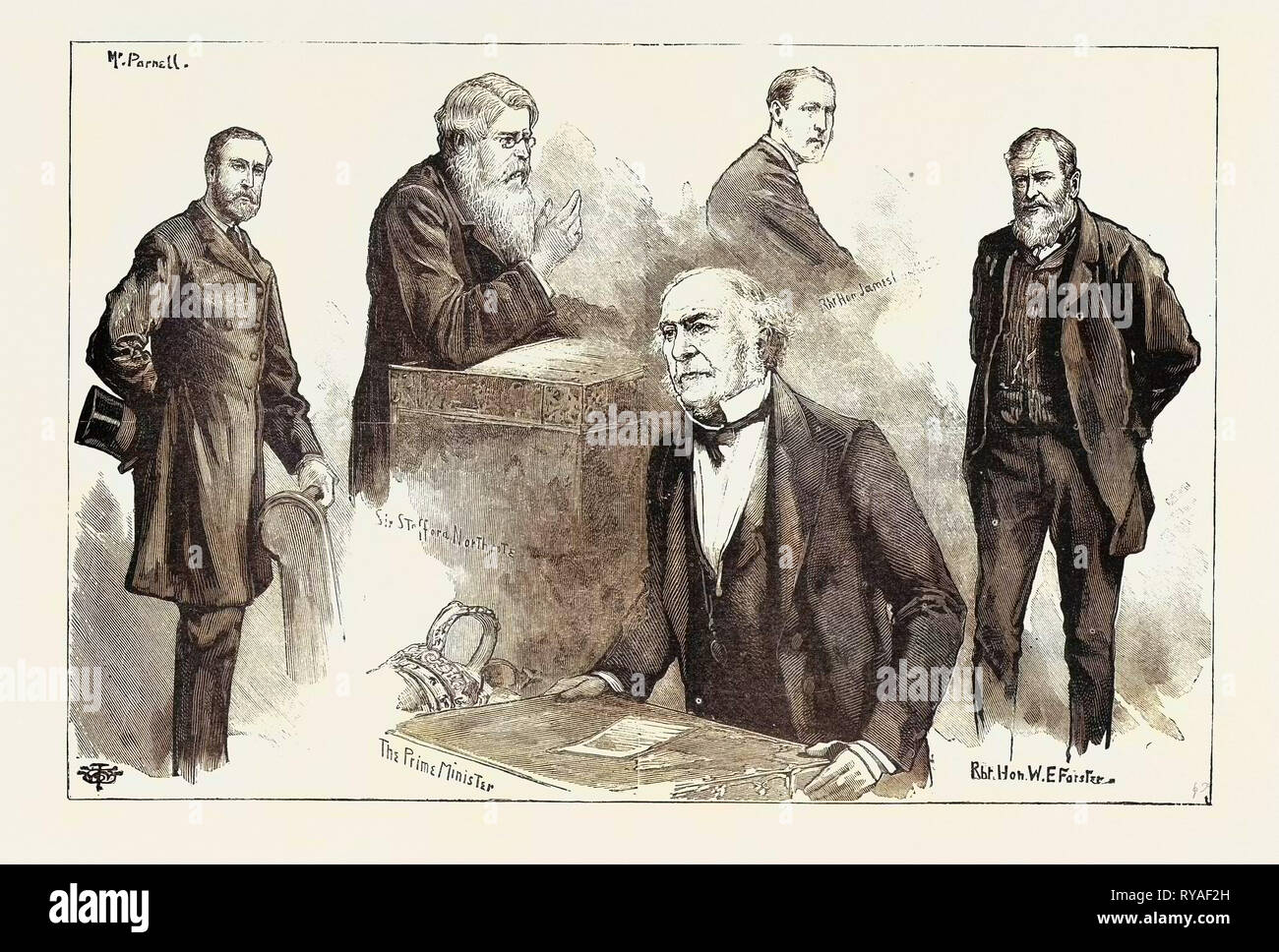

- #Mister retro tif files full#
- #Mister retro tif files portable#
- #Mister retro tif files Pc#
- #Mister retro tif files professional#
PS - Adobe Systems' Postscript isn't an image format, per se - it's a page description language, originally conceived so computers could send very accurate page descriptions to the then-new high resolution laser printers. It handles 1 to 48 bit images, and is a lossless, well-compressed format like GIF.
#Mister retro tif files portable#
PNG - The Portable Network Graphics format, pronounced "ping", was created as a free replacement for GIF, whose LZW compression is owned by Unisys and which can't be included in commercial software without paying license fees to the owners. It can include bitmapped or vector images, and can use different compression schemes. PICT - Pict is the all-in-one Apple Quickdraw metaformat.
#Mister retro tif files Pc#
PIC is most likely to be the 256 colour format of the old PC Paint program, but it might also be a Micrografx Draw! vector file, a Lotus vector file, a Pegasus Imaging Corporation image file or an image file for General Parametrics' Video Show Film Recorder. PIC - A few proprietary (one company makes software that supports them, and nobody else does) image formats use this suffix.
#Mister retro tif files full#
The size listed is for v5, at full 24 bit v2 scored 216k and v0 48.1k. All are large for what they do, but fast to load on elderly computers. There are three common versions, 0, 2 and 5 0 is the original two colour one (small but not useful), 2 only does 16 colours and is hence also of little interest to owners of rather old video cards, and 5 does 24 bit. PCC, is ancient but still fairly widely used, simply because everybody understands it. PCX - The ZSoft Paint format, occasionally suffixed. The PhotoCD storage process is proprietary to Kodak, who no longer sell the software to make full multi-resolution images. An ordinary PCD file can be read by any application that can read the format, but unless it's on a CD with the right structure, a PhotoCD player won't recognise it.
#Mister retro tif files professional#
It survives as a somewhat popular professional image storage format a genuine PhotoCD has a particular directory structure containing the images, stored in five resolutions. Amazingly, it turned out that nobody was very interested in viewing their photos on their TV, and PhotoCD flopped miserably in the consumer market. PCD - Kodak's PhotoCD was going to set the world alight, with happy snappers having their film scanned and the high-resolution images written to CD, to access via PC or special PhotoCD players. MSP - Microsoft Paint was the early PC answer to MacPaint, and its format is just as boring. MNG - The proposed Multiple Network Graphics (pronounced "ming") format is a multi-image extension of the existing PNG format - or it will be, if it ever makes it out of the design stage. Two colours only, 576x720 resolution only, thankfully rare. MAC, this is the format used by the ancient original black and white Macintosh paint program. Usually, CMYK ones get through because someone's converted a CMYK image of some other format, like TIFF, without changing the colour model. There's no reason to use CMYK JFIFs unless you're sending the image to a CMYK output device, which a monitor definitely isn't. This means that quite a few JFIF display applications, including Web browsers, do peculiar things when fed CMYK images. CMYK this support was added in a later version of the standard, though. The JFIF format also supports CMYK (process colour - Cyan, Magenta, Yellow and blacK in a subtractive colour model, as against the additive Red, Green and Blue more commonly used) images, which makes it suitable for use in publishing applications. This makes it a clumsy format for professional use, since lossy compression is a no-no for image editing. FlashPix also has no zero-loss compression option - it either uses no compression at all, and makes a vast file, or uses medium-loss JPEG-type encoding. FlashPix images can also be used for Web graphics, because the server only has to send the data being viewed (which seems to the browser like an ordinary JFIF), but since FlashPix doesn't support progressive display like JFIF or GIF or PNG, it hasn't achieved much popularity. Of course, this only works if your image editing program supports it, and is not useful for small images. Flashpix's chief claim to fame is that it stores images in multiple resolutions, so a huge, high resolution image can be quickly displayed in miniature on-screen and changes made rapidly to the displayed data only, saving the CPU-grinding full processing for whenever you actually view or output the high resolution version. Kodak uses it in all of their digital cameras from the DC200 onwards. FPX - The FlashPix format, codeveloped by Hewlett-Packard, Kodak, Microsoft and LivePicture Corporation and now an open format administered by the Digital Imaging Group.


 0 kommentar(er)
0 kommentar(er)
